Games & Sports
Games and Sports Report
Annual Sports Report
REPORT OF PARTICIPATION FOR GAMES AND SPORTS 2021-22
- Four students participated East-Zone Inter-University Kho-Kho (Men) Tournament.
- One student participated in the East-Zone Inter-University Kho-Kho (Women) Tournament.
REPORT OF PARTICIPATION FOR GAMES AND SPORTS 2020-21
Due to Covid situation all Games and Sports Meet/Tournaments were postponed.
REPORT OF PARTICIPATION FOR GAMES AND SPORTS 2019-20
-
- Two students participated East-Zone Inter-University Handball (Women) Tournament.
- Sukanta Mahavidyalaya Athletics Men (10 Players) & Women (10 Players) Team participated in the Inter-College State Games & Sports (Dist. Level) Championship.
- Sukanta Mahavidyalaya Kho-Kho (Women) Team (12 players) participated in the Inter-College Stete Games & Sports Championship.
- Sukanta Mahavidyalaya Football (Men) Team (16 players) participated in the Inter-College State Games & Sports Championship.
- Sukanta Mahavidyalaya Kabaddi (Women) Team (12 players) participated in the Inter-College Kabaddi Tournament under NBU.
- Sukanta Mahavidyalaya Kabaddi (Men) Team (12 players) participated in the Inter-College Kabaddi Tournament under NBU.
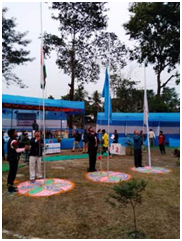
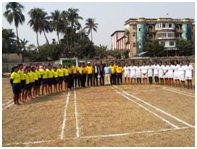
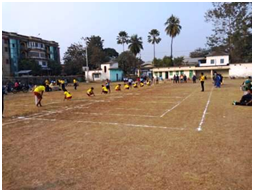
REPORT OF SUKNTA MAHAVIDYALAYA ANNUAL SPORTS MEET 2019-2020
Sukanta Mahavidyalaya Annual Sports Meet 2019-20 held on 24 th February, 2020 at our
College Play Ground. Total 15 Male & 17 Female Students participated in this Sports Meet.




REPORT OF PARTICIPATION FOR GAMES AND SPORTS 2018-19
-
- One female student participated in East-Zone Inter-University Kabaddi Tournament 2018-19.
- One female student participated in the Inter-College Athletic Meet.
- One male student participated in the Inter-College Athletic Meet under NBU.
- One student participated in the Inter-College State Games and Sports (District Level) Championship.
- One student participated Inter-College State Games and Sports (State Level) Championship.
- The Volleyball Team (12 Players) of Sukanta Mahavidyalaya participated in the Inter-College Volleyball Tournament 2018-19.
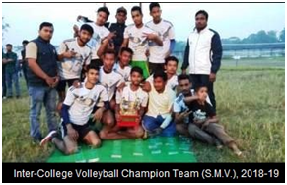
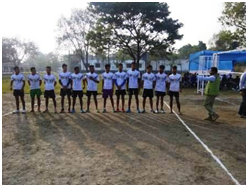
REPORT OF SUKNTA MAHAVIDYALAYA ANNUAL SPORTS MEET 2018-2019
Sukanta Mahavidyalaya Annual Sports Meet 2018-19 held on January, 2019 at our College Play Ground. Total 18 Male & 16 Female Students participated in this Sports Meet.
REPORT OF PARTICIPATION FOR GAMES AND SPORTS 2017-18
- One Female Student participated in All India Inter-University Kho-Kho Tournament.
- Two Students participated in the Inter College District Sports and Games Championship
2017-18.
- Three students participated in the Inter-College Athletic Meet.
- The Volleyball Team (12 players) of Sukanta Mahavidyalaya participated in the Volleyball
Tournament 2017-18.
- The Kabaddi (Women) Team (12 players) of Sukanta Mahavidyalaya participated in the
Inter-College Kabaddi Tournament.
REPORT OF SUKNTA MAHAVIDYALAYA ANNUAL SPORTS MEET 2017-2018
Sukanta Mahavidyalaya Annual Sports Meet 2017-18 held on January, 2018 at our College Play Ground. Total 16 Male & 12 Female Students participated in this Sports Meet.








